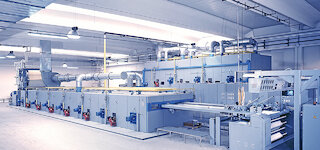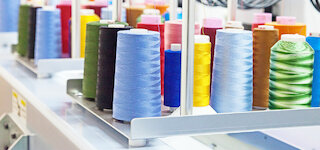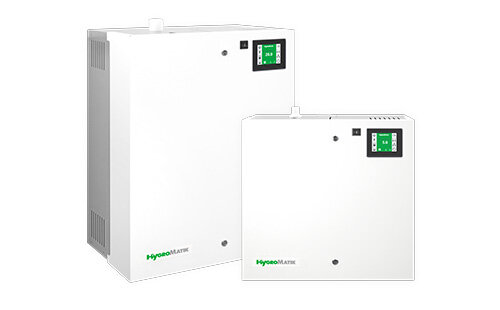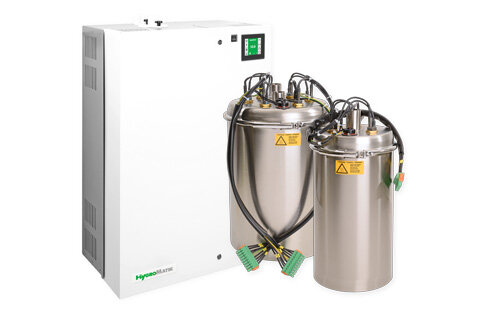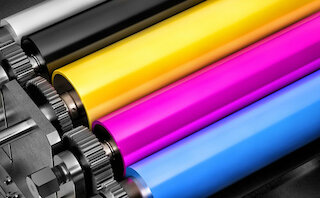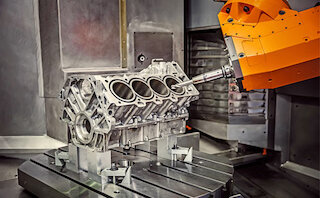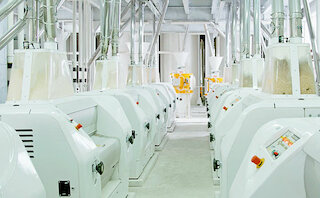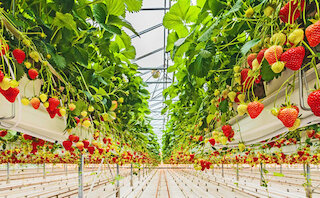Air humidification in the textile industry.
Regulating indoor air humidity visibly increases textile production productivity and is a key factor for quality assurance in the textile industry.
Yarn and textiles are very sensitive to the air quality. They emit moisture into the dry ambient air and lose their elasticity and tear resistance. So if the humidity levels are too low, it can often lead to tearing of the yarn, causing timely and costly disruptions to production. Also, in a controlled humid environment, machine glide quality is increased due to less frictional resistance.
Another significant advantage of optimum air humidity in the textile production is the reduction of electrical discharge ESD) from the materials being processed. Especially when synthetic materials such as perlon or nylon are added, as electrical discharge can compromise a high-quality disruption-free production process. Improved humidity also effectively prevents typical health-related illnesses of employees associated with a dry working environment.
Did you know
- When it comes to cotton products, increasing the relative humidity by 10% (from 60% to 70%RH) raises the material

